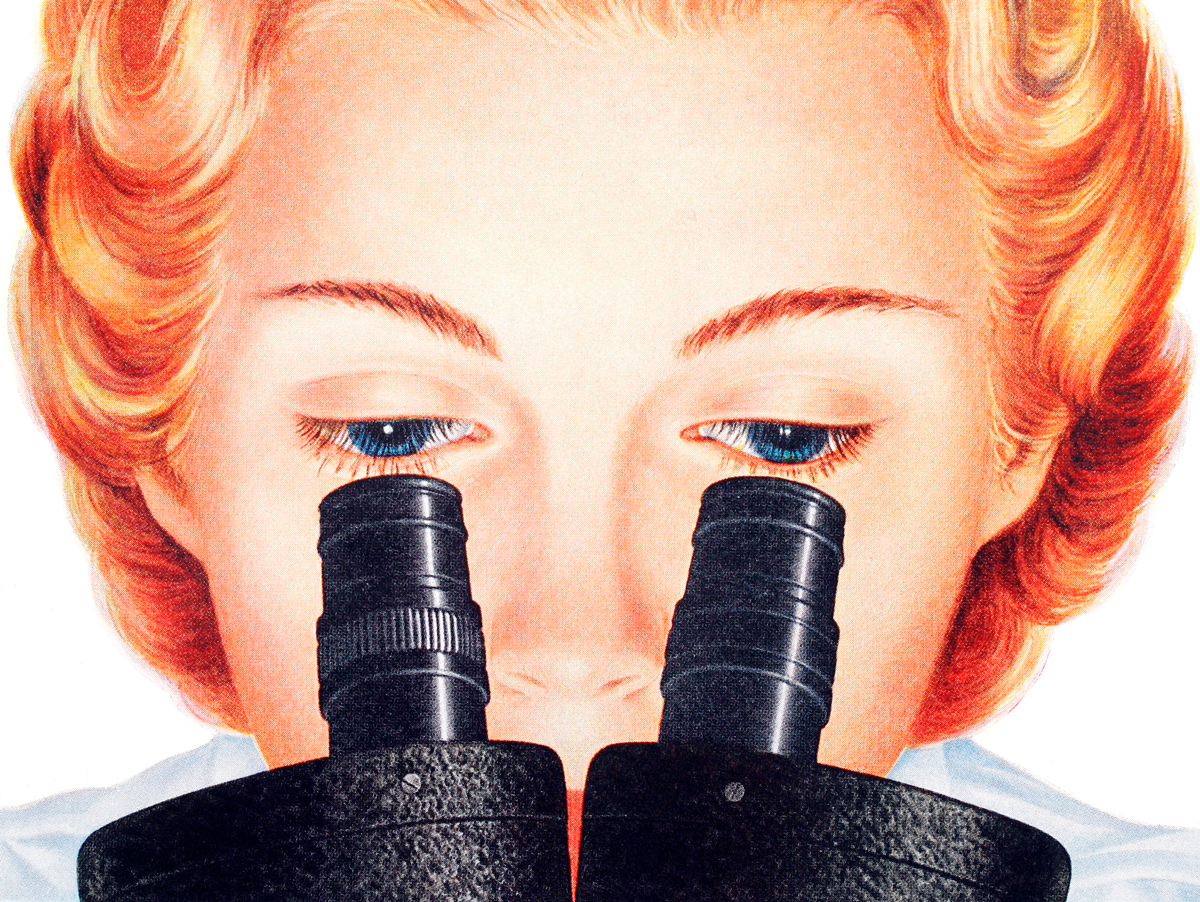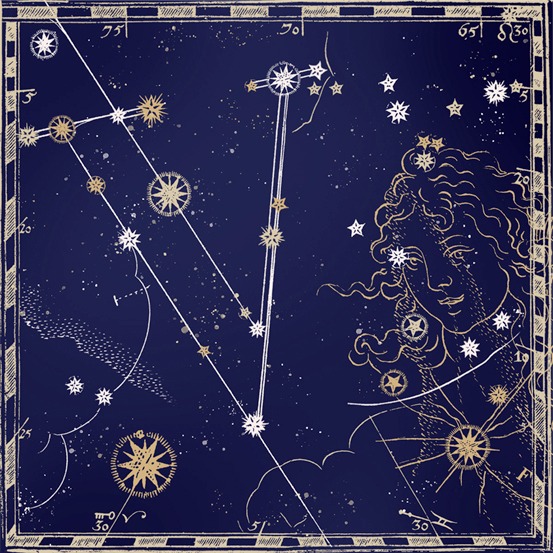Women scientists in Portugal lead the search for solutions to the energy and climatic crisis, sharply contrasting with the inequality present in the science field in the majority of the world. But behind favorable statistics, indicators of disparity hide.
Women scientists in Portugal lead the search for solutions to the energy and climatic crisis, sharply contrasting with the inequality present in the science field in the majority of the world. But behind favorable statistics, indicators of disparity hide.

In 1856, Eunice Newton Foote discovered that air, when saturated with carbon dioxide, heated at an accelerated rate. This notion, which is so elementary to us today, set a precedent: it proved that humanity was undeniably the catalyst for climate change, a fact that the amateur scientist made sure to remark. But in a cruel reflection of the history of the female gender in science, her findings were ignored by the academic community. Credit for the discovery of greenhouse gases was given three years after Foote’s discovery to a man, John Tyndall, eternalized as the founder of climate change science. Fortunately, since 1856, much has changed: science is not exclusively male and the contributions of women scientists are taken seriously. However, inequalities persist worldwide and female scientists continue to face discrimination, harassment, lack of funding, and lack of representation in top positions. Compared to their male counterparts, women make up only 28% of specialists in exact sciences and engineering. In Portugal the scenario is different. We are a role model when it comes to gender equality in the science field, with a percentage of 52% women, far above the world average - even above the European Union one. Particularly when it comes to finding solutions for the energy crisis, Portuguese scientists take the lead both in the national and global settings. Ana Luísa Gonçalves, Ana Estanqueiro, and Liliana Tomé are among the researchers who, through their revolutionary work, are finding the solutions of the future.
If its solutions for the future we tackle, Ana Luísa Gonçalves’ name is unavoidable. The scientist has received numerous honors due to her research on microalgae. Algae? Yes, the survival of humanity may very well rely on the microalgae found all over the ocean. The notion is certainly alien to those that in algae see only the seaweed that surrounds their sushi, but, according to Gonçalves, "these organisms can be used in a wide variety of applications, ranging from food to pharmaceuticals and cosmetics, as well as in agriculture and the production of biofuels. The polyvalence of microalgae is such that it is strange that their potential is not common knowledge. For the scientist, these organisms are crucial to the future of humanity in two ways: first due to their role in the energy crisis, since they are a viable alternative to fossil fuels, by virtue of their potential as "raw material for the production of biodiesel, bioethanol, hydrogen, electric power, among others," as the scientist explains. In a second phase, microalgae may become indispensable in the fight against climate change, since, as Ana Luísa Gonçalves explains, "they assimilate carbon dioxide, contributing to the capture of one of the main greenhouse gases." Not content with their previous benefits, the development of these organisms can even contribute to the maintenance of our water resources. The scientist elaborates, "Microalgae can be produced in wastewater, contributing to the removal of certain pollutants and, consequently, to their remediation." The motivation for Gonçalves' research "has always been the search for solutions to respond to concrete challenges of society and the scientific community," and it is the latter application that has occupied most of her time recently. Motivated by the reality of the textile industry, the scientist reports, "I realized that this industry is very intensive in terms of resource use (raw materials and chemicals of fossil origin, water, and energy) and that there is still a long way to go in reducing its environmental impact." Able to absorb the toxic derivatives deposited in the effluents of these industries and, simultaneously, "promote the valorization of the biomass obtained through the production of new pigments/dyes," microalgae may well represent the miracle solution that the precarious future needs.
Liliana Tomé, like Ana Luísa Gonçalves, focuses her research on finding solutions to the climate crisis. However, if the benefits of algae are relatively easy to understand, Tomé's research, based on membranes made of ionic liquids, may seem a slight challenge. But as she explains to Vogue Portugal, the only intimidating thing about the concept is its name: "Ionic liquids are nothing more than organic salts that have a great affinity for carbon dioxide." Thomas elaborates that they enable "the separation and capture of CO2, for example, in exhaust gases released during energy production, or in the purification of biogas and hydrogen." It is in the development of these membranes that the scientist bases her research, seeking to create "a sustainable separation process, not only from an environmental but also from an economic point of view, with simple scale-up and low energy requirements." The researcher reports that her greatest motivation is the "search for solutions to current problems in our society. I want to contribute to the advancement of humanity and the significant improvement of people's quality of life." A feat that, for all those who know her work, is easily achieved, were it not for her research "paving the way in implementing actions to mitigate global warming and thus combat the effects of climate change," as she reveals. These achievements do not go unnoticed. Liliana Tomé's recognition goes beyond the Portuguese border, having already been recognized with the Marie Skłodowska-Curie individual fellowship, a prestigious distinction in the scientific field. The relevance of this award is something the researcher feels, revealing that it was one of the most remarkable moments of her career.
We talk about the technologies of the future, but Portugal is also home to those responsible for the energy solutions of the present. When it comes to answers to the energy crisis, Portugal is a true example to the rest of the world, distinguishing itself as one of the countries that most heavily rely on renewable energy. In 2021, renewable energy supplied 59% of electricity consumption in Portugal, of which 26% was wind energy. To understand how we so quickly adapted the way we produce and consume energy, Ana Estanqueiro's name is inescapable. Even though, in an interview with Vogue Portugal, the researcher is modest ("I don't think that my contribution was absolutely essential for the development of wind technology in Portugal"), she ends up agreeing that her contribution has been pivotal: "I was undoubtedly a very committed facilitator in this process. Responsible for identifying sites with wind potential.” Estanqueiro demonstrated to "potential investors that the procedures were (relatively) simple, the sites existed and it was a profitable investment." Driven by the prospect of wind power becoming a "renewable technology with high potential that could replace a substantial percentage of conventional power plants, converters of fossil and highly polluting primary energies," the researcher’s name became inseparable from the technology on national territory. It is to this extent that Estanqueiro measures her professional success, through the energy revolution she helped implement: "I worked on the first turbine in Portugal, I followed the development of the sector and grew with it - and I can say that the success of wind energy in Portugal is, to a certain extent, my success." Even though her professional achievements are more than acknowledged, the researcher reveals that the path she took to get where she is now was not easy, particularly at the beginning of her career, as a woman in the 1980s. Ana Estanqueiro recalls her first job interview, where at the end of the process she was told, "We are very sorry, your CV is even better than that of your colleague who is going to be hired, but it's a construction job, you know, it's not suitable for women." Similar to the case of Eunice Newton Foote, the world has moved on since then, and the numbers of women scientists already stated are statistics that reveal this progress. However, even in light of these figures, structural inequalities persist in the shadow of the praises that are sung. Portugal is, in a way, an exception to the rule that, even today, discriminates against the female gender in the field of climate change science, currently overlapping the number of women to men in terms of degrees. Even the gender pay gap - which in Portugal is around 11.4% - has some difficulty spreading its grimy little tentacles in the scientific field since, as Ana Luísa Gonçalves points out, "research grants or work contracts associated with research [have] fixed amounts according to the level of training and/or experience." The sentiment is corroborated by Ana Estanqueiro who reveals that in the scientific field, "work is evaluated by what we write in articles published in scientific journals, which are peer-reviewed, often anonymously." Unfortunately, inequality is always more insidious than it appears and grows shielded by the fairness these numbers guarantee. After all, unlike tabulated pay, other inequalities relate to structural discrimination against the female gender, like the instance of work and family balance.
The issue is introduced to us by Liliana Tomé who, even though has stated she has never had fewer opportunities in the scientific field because she is a woman, assures us: "I know there is still the stigma that women should dedicate themselves more to the family." This conception, which unfortunately manifests itself in almost all professional fields, seeks to blame women for their anatomy, biologically responsible for carrying the children they may have. The scientist explains to us how in the scientific field this dilemma manifests itself: "When we get pregnant or go on maternity leave, it's as if they're saying that person has scientifically ceased to exist during that period." In an interview with Vogue Portugal, Tomé recounts the episode when she won the highly regarded Marie Skłodowska-Curie fellowship, a time that coincided with the discovery that she was pregnant with her first child, a period in her life she describes as professionally very important, but "very hard for my family." Her experience substantiates her testimony: "What is needed in science is for the role to be equated and understood so that we are supported in those moments and not 'held back' at a certain stage of the career." This support that the researcher refers to is as much personal as professional: "The role of the partner is fundamental, but also of the superiors who, so often men, have to understand that it is not because the children have a fever and we have to run to pick them up from school that we cannot finish the article at another time." This is another peculiarity of the science that is done in Portugal that escapes the statistics that guarantee gender equality: disparity in the possibilities of professional mobility. The words are Liliana Tomé's: "Although Portugal is one of the countries where fairness in science is more or less guaranteed, it is important to mention that this is not reflected in top positions." This reality, echoed by several studies and specialists, concentrates men in the top positions, dethroning women to positions of reduced visibility. The phenomenon is puzzling to Tomé: "It's not because there’s a lack of women that are qualified and have the resumé to do it." But even when these top positions are achieved by women scientists, Ana Estanqueiro confesses that navigating professionally in a man's world has, as she mentions, "its peculiarities." These tribulations are often manifested as microaggressions, small insults that passively demonstrate the absence of the same respect that men enjoy. Estanqueiro reveals, for example, "the number of times that in meetings I was called 'ma’am' while everyone else was treated as engineers and doctors." The researcher doesn't think of the phenomenon as intentional: "I don't think men even notice that they do it intending to diminish the woman's contribution (or voice) in a meeting or professional exchange." Of course, none of these phenomena corrupt the privileged position Portugal has in terms of gender equality in exact sciences and engineering, in fact, according to Ana Estanqueiro, it may be part of the reason for such a strong female presence. According to the researcher, "women structure their [professional] paths very intensely because they can't afford to fail." It is however undeniable that there is still a long way to go to amend the gender disparity in science. If normally we could count on slow social progress to right these wrongs in the same way that other sins have been corrected, this particular instance is very different. As the energy and climate crisis worsens at an alarming rate, equality becomes a matter of survival. It is imperative that everyone, regardless of their gender, has opportunities to produce solutions, since, as Ana Luísa Gonçalves warns, "this crisis is increasingly imminent."
Translated from the original on The Sunny Vibes Issue, from Vogue Portugal, published July 2022.Full stories and credits on the print issue.
Most popular
.jpg)

Relacionados
.jpg)
.jpg)




